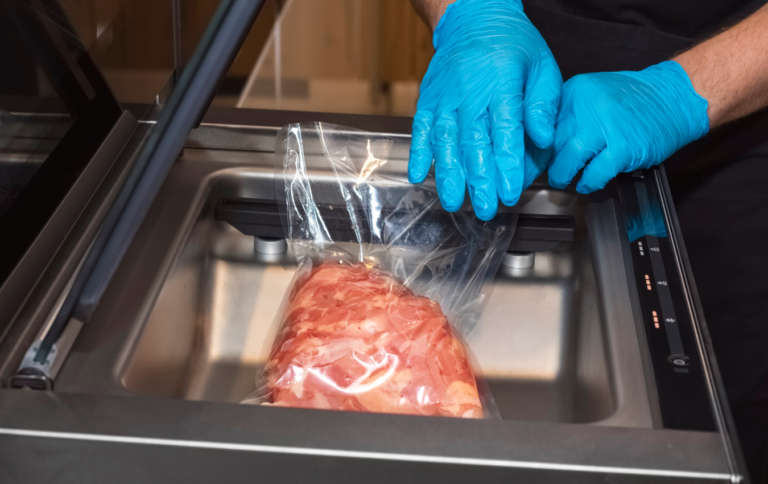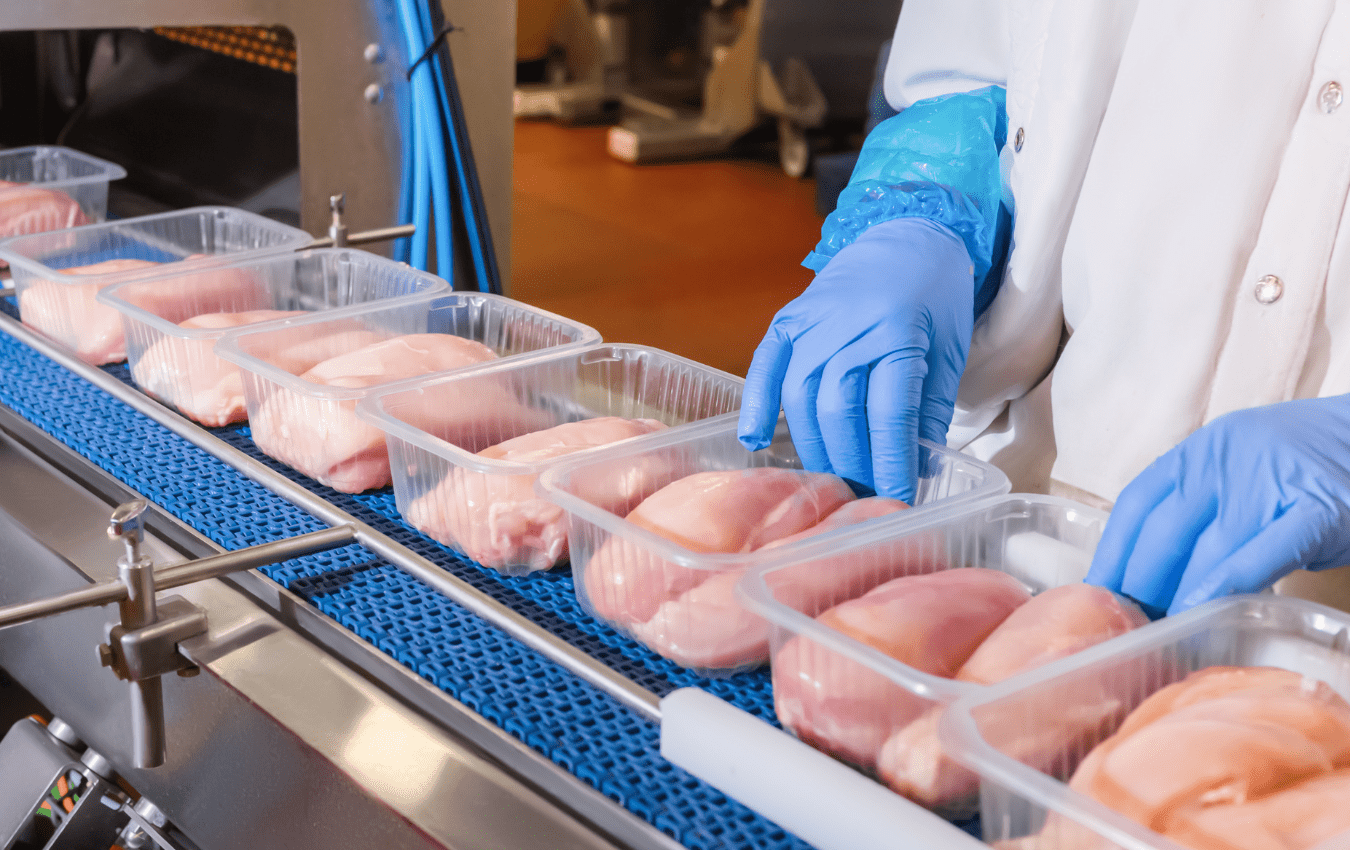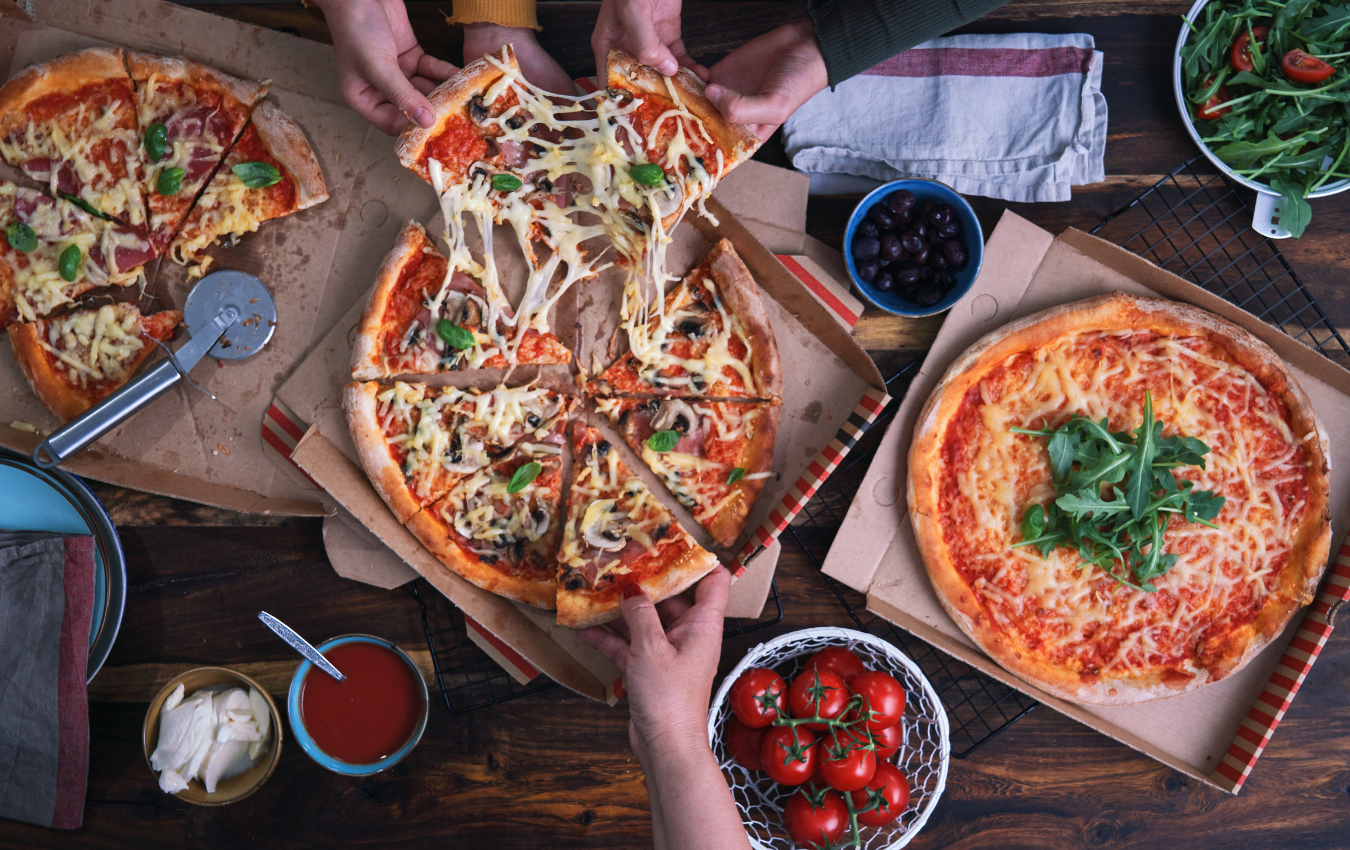Home » Chemicals in Food Packaging Linked to Health Risks
Chemicals in Food Packaging Linked to Health Risks

A study published in September 2024 in Frontiers in Toxicology has identified 189 chemicals present in food packaging materials that are potential or confirmed mammary carcinogens, with 76 of these detected in human populations worldwide. These chemicals, commonly found in plastics and paper used for food packaging, pose significant health risks, prompting calls for regulatory action to eliminate them from packaging materials.
Study Overview
Researchers from the Food Packaging Forum conducted a comprehensive review of chemicals used in food contact materials (FCMs). They cross-referenced a list of 921 chemicals associated with breast cancer with substances known to migrate from FCMs.
The study revealed that 189 potential breast carcinogens are present in food packaging, including:
- Per- and Polyfluoroalkyl Substances (PFAS): Used for their grease-resistant properties in paper and cardboard packaging (source).
- Bisphenols (e.g., BPA): Found in plastic containers and linings of metal cans (source).
- Phthalates: Added to plastics to increase flexibility (source).
The study also highlighted that 76 of these chemicals have been detected in human biomonitoring studies, indicating widespread exposure (study details).
Implications for Packaging Buyers
The presence of carcinogenic chemicals in food packaging materials has significant implications for packaging buyers:
- Regulatory Compliance: Anticipate stricter regulations limiting or banning the use of certain chemicals in food packaging.
- Consumer Safety: Growing consumer awareness of health risks associated with packaging materials may influence purchasing decisions.
- Supply Chain Adjustments: Sourcing safer alternative materials may require changes in suppliers and manufacturing processes.

Recommendations for Packaging Buyers
To mitigate health risks and align with potential regulatory changes, packaging buyers should consider the following actions:
- Evaluate Current Materials: Conduct a thorough assessment of the chemicals present in existing packaging materials.
- Source Safer Alternatives: Explore and adopt materials free from identified carcinogens, such as PFAS-free paper (more info) or BPA-free plastics (learn more).
- Collaborate with Suppliers: Work closely with suppliers to ensure compliance with safety standards and to develop innovative, safer packaging solutions.
- Stay Informed on Regulations: Monitor legislative developments related to food packaging materials to ensure ongoing compliance.
Conclusion
The identification of nearly 200 chemicals in food packaging linked to breast cancer underscores the urgent need for the packaging industry to prioritize consumer health. By proactively adopting safer materials and staying abreast of regulatory changes, packaging buyers can play a crucial role in reducing health risks and fostering consumer trust. For more information, consult the Frontiers in Toxicology study (full study) or reach out to industry resources like the Food Packaging Forum (resource center).
If you are interested in safe food packaging and are looking to become compliant with current regulations, then partner with Brown Packaging today to get started.
References
Food Packaging Forum. (2024). Comprehensive review of chemicals in food contact materials associated with breast cancer. Retrieved from Food Packaging Forum
Frontiers in Toxicology. (2024). Identification of mammary carcinogens in food packaging materials. Retrieved from Frontiers in Toxicology
U.S. Food and Drug Administration (FDA). (n.d.). Bisphenol A (BPA): Use in food contact application. Retrieved from FDA
World Health Organization (WHO). (n.d.). Per- and polyfluoroalkyl substances (PFAS): Key facts. Retrieved from WHO
Centers for Disease Control and Prevention (CDC). (n.d.). Phthalates and human health. Retrieved from CDC
RSC boxes are known for their efficiency and versatility, but their performance ultimately comes down to strength. Buyers often see numbers like ECT, BCT, and burst strength on specifications —
In packaging, foam isn’t just about initial protection — it’s about maintaining performance over the entire shipping or storage cycle. Compression set and recovery characteristics determine whether foam continues to
Pouches are a go-to for flexibility and convenience, but they can fail in critical ways—from poor seals to punctures and delamination—that hurt performance and brand reputation. Understanding these failure points
In the retail environment, the placement of Point of Purchase (POP) displays is just as critical as their design and content. Strategic positioning can significantly influence consumer behavior, increase product
Home » Chemicals in Food Packaging Linked to Health Risks





